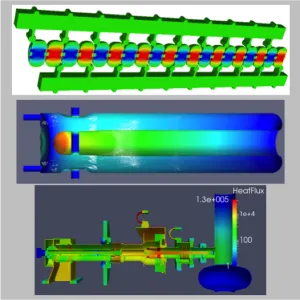Radiation Oncology

Perhaps the greatest societal impact of accelerator technology is in the field of medicine for therapeutics, imaging and isotope production. TID is working with Stanford Radiation Oncology to develop the next generation X-ray therapy machine capable of delivering the full dosage treatment in 1 second compared to the current multi-week regiment. This development taps the full portfolio of accelerator development from guns, sources, and accelerators to novel targetry. TID is also studying compact proton and hadron therapy machines that exploit both SLAC’s new compact accelerator architectures as well as our ability to generate intense ion beams using a high power laser on a cryogenic hydrogen jet for the proton source
Key Competencies
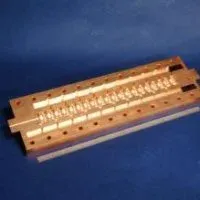
Accelerator Design, Integration, Test
TID has the capability to perform in house design, fabrication, integration and experimental test for complete accelerator systems. Our focus is on the development and incorporation of new concepts to significantly advance the cost-capability a accelerators systems, by forming strong partnerships with our government, non-profit or commercial partners.
Advanced Fabrication/Prototyping & RF Fabrication
TID staff operate and maintain a prototype fabrication facility (~22,500 ft2) that includes thin film vacuum coating systems (evaporative and sputtering); precision conventional and CNC machining and metal forming for ultra-high vacuum and high-gradient application components; metrology (optical, scanning electron microscopy, and coordinate measurement machines); metal joining equipment including vacuum brazing, dry and wet hydrogen brazing, diffusion bonding, tungsten inert gas welding and clean spot welding; heat treating (annealing, hardening, tempering, and air firing); vacuum processing including high temperature vacuum firing, bake-out, and leak detection.
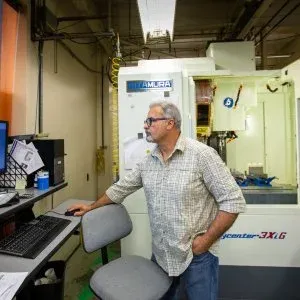
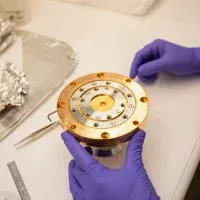
High Gradient Electron/Hadron/Ion Accelerator Technology
We are applying novel concepts for high-gradient structure-based accelerator technology that have demonstrated record gradients and both microwave and mm-wave/THz frequencies. These advanced concepts, such as distributed coupling accelerators, dramatically increase the efficiency of accelerator for both relativistic and low-beta particles, and can be applied to both electron and ion accelerators. Exploring the use of advanced materials for enabling high-gradient normal and superconducting accelerators is also a strong focus of this program.
High Voltage Power Supply/Modulators
SLAC has remained a world leader in high voltage power supplies and modulators for several decades. We designed, built, and power supplies ranging from 1MW average power to over 1 GW peak power as well as 10’s of ns and 1us pulsers to CW power supplies. In addition, we specialize in very high voltage design and implementation: up to 500 kV. Our skilled implementation has led to several systems becoming the standard for next-generation accelerators. For example, the SLAC P2 Marx is included as the baseline for the proposed International Linear Collider.
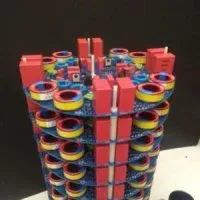
RF Sources (Design, Fabrication & Testing)
RF sources are a key driver the size and performance of accelerators, radars, telecommunications systems and satellite platforms. The SLAC TID team is uniquely qualified to bring the novel vacuum electronics (VEDs) concepts to experimental validation. The demonstration of VEDs requires the development and integration of a variety of technology maturity levels, combining fundamental research with the unique facilities and capabilities of a National Laboratory with a longstanding reputation for RF source development.
Virtual Prototyping/ACE3P
SLAC’s parallel multi-physics simulation suite ACE3P employs 3D finite element methods on curved conformal unstructured meshes with high-order field representation for integrated electromagnetic, thermal and mechanical modeling. Executing on state-of-the-art massively parallel computers, ACE3P allows large-scale, high-fidelity simulations of realistic structures with unprecedented accuracy.
